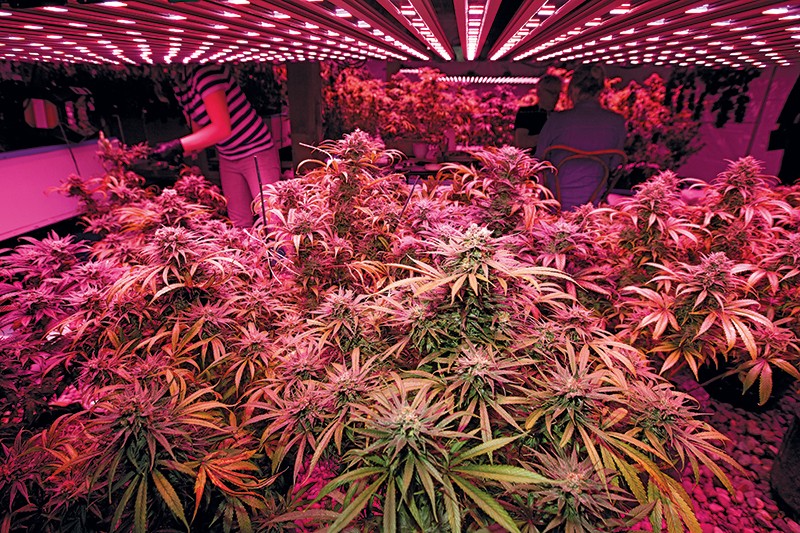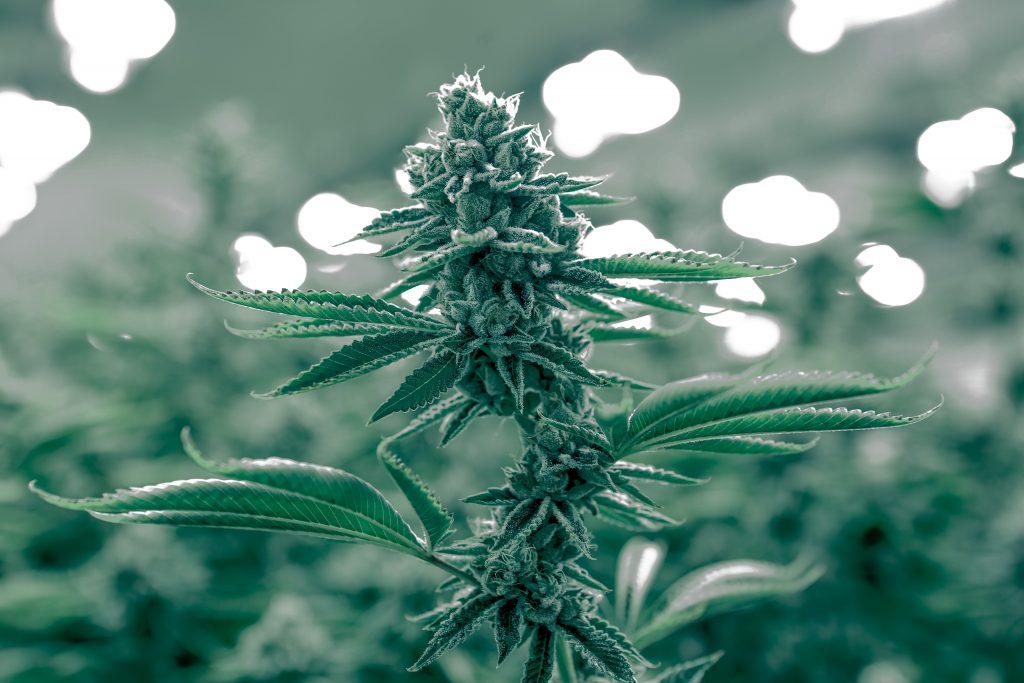Are you thinking about building a deck in your property in California or Texas? Well, deck building is an easy,

When you’re on a mission to create a great indoor setup for cultivating cannabis, one of the critical decisions to make is choosing the lights to use. It is a fundamental understanding that lighting is the most important aspect of your growing operations. Hence figuring out the lighting for cannabis cultivation is of paramount importance.

Where earlier you had to use a multitude of different lights, now due to LEDs all those problems are solved. Now cannabis indoor cultivation lighting is much cheaper and easy to use and maintain. Light-emitting diodes or better known LED lights haven’t been the most popular with producers in the past. However, technology has drastically improved and so have LED systems!
We at InnoDez believe that you must be exposed to all new forms of brilliant technology in the world of lighting for cannabis cultivation. Ergo, here is a detailed breakdown of the same:
What Are The Different Kinds of LED lights?
The primary kinds of cannabis development lights are HID, or extreme focus release, CFL or minimal glaring lights, and obviously, LED lights. Shrouded lights were the most regularly utilized cannabis development lights when indoor development originally became mainstream during the 1990s. This was because they delivered the perfect number of lumens to develop cannabis inside.

How do LEDs function?
Most just, LED lights to utilize a current going through a semiconductor to create light. The energy (as light) is delivered from moving electrons inside the semiconductor. They used to just be accessible in red, however, presently they are accessible in any tone, going from bright to infrared frequencies for stellar lighting for cannabis cultivation.
What Are The Advantages of Using LED lights?
Numerous producers are doing the change to LED lights and all things considered. There are numerous benefits to utilizing LED lights when deploying lighting for cannabis cultivation:

What Are The Disadvantages of Using LED lights?
If there is one downside of utilizing LED development lights, it is that your plants’ development time will be slower than if you were utilizing HID lights. Once more, this is because HIDs radiate more energy than LEDs, prompting quicker blossoming:
The Color exactness
In getting ready to develop cannabis and to give suitable lighting, it is additionally essential for the cultivator to think about range versus CRI versus R9. Full-range lighting gives various frequencies of light that unexpectedly influence the developing cycle.
For instance, 500 nanometers (nm) to 600 nanometers are fundamental for vegetative and seedling advancement, while 280 nm to 400 nm opens the plants to UV light. Similarly, as in people, an excess of UV light can harm plants.
The Color temperature
Cultivators should likewise consider the Kelvin temperature utilized when developing cannabis plants and figuring out the lighting for cannabis cultivation. Degrees Kelvin is utilized to quantify how hot or cold a light source is. The action isn’t identified with the genuine actual temperature, it is connected rather to the visual light temperature.
For instance, the higher the Kelvin temperature, the cooler (blue) light is. On the off chance that light has a low Kelvin temperature, it is viewed as warm. Low Kelvin temperatures are likewise depicted as being orange, similar to a sun setting.
About Author
InnoDez